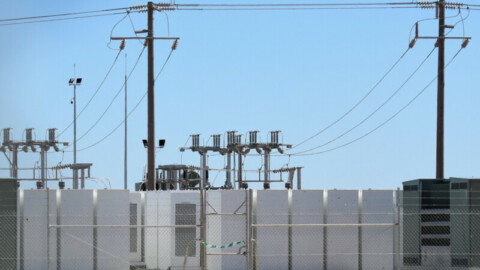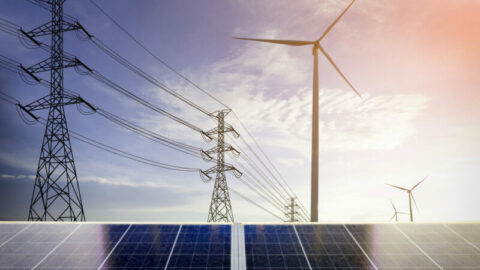Queensland’s Kidston pumped hydro storage project, which will repurpose disused gold mine pits, has kicked-off construction with tunnel digging at the site.
Genex is developing the project, which will provide 250MW/2,000MWh of storage capacity.
By transferring water between the two pits, which sit at different heights, Genex can use the site as an energy storage facility.
Genex has undertaken extensive works throughout December 2021 and January 2022 to establish an underground main access tunnel at the Kidston site that will provide access to a ‘powerhouse’ cavern being established 250m below ground level.
The main access tunnel will be dug to be 6m-wide and 6m-tall, and will run for approximately 1.5km to provide access to the main generation and pumping equipment.
The powerhouse will host two 125MW Andritz hydro reversible pump turbines, allowing the turbines to be used to both generate electricity and pump water for energy storage purposes.
Pumped hydro energy storage projects use gravity to store energy by transferring water between reservoirs of differing heights.
To store energy, electricity is consumed in the pumping of water to a higher reservoir, which can later be released and used to generate electricity as needed.
Genex CEO, James Harding, said the commencement of major engineering works at the site was a significant milestone for the project.
“Following an intense period of site establishment and preparation works, I am delighted that the EPC Contractor JV of McConnell Dowell and John Holland has formally commenced the underground excavation works for the Kidston Pumped Storage Hydro Project,” Mr Harding said.
“This represents a significant milestone in the project construction timeline, which was achieved ahead of schedule.
“We look forward to working alongside the EPC JV and keeping the market updated as the program continues to push ahead over the course of this year.”
Genex expects to complete the main access tunnel in early 2022, with tunneling operations to continue on a 24/7 basis following the first major blast and excavation works needed to establish the tunnel.
Upon completion – expected in the last quarter of 2024 – the Kidston project will become just the fourth operating pumped hydro project in Australia and one of the first to be newly built for several decades.
The Tumut 3 power station that forms part of the Snowy Hydro scheme, the Shoalhaven Scheme – both in New South Wales – and the Wivenhoe power station in Queensland are the only currently operational pumped hydro energy storage projects in Australia.
A fifth project is also under development as part of the Snowy 2.0 project, which will become the largest energy storage project in Australia, once operational
Genex is developing the project after securing a $610 million investment from the Northern Australia Infrastructure Facility and a $47 million grant from the Australian Renewable Energy Agency.
In 2021, the ASX-listed Genex undertook a further $115 million fundraising, through the issuance of new shares, to raise the remaining funds needed to undertake the $777 million pumped hydro energy storage project.
Project financials released in 2021 by Genex shows it expects to generate steady revenues from the project, having signed an energy storage service agreement with EnergyAustralia.
Through the contract, Genex will receive regular access payments from EnergyAustralia, which in turn will have the ability to draw upon the Kidston storage project for additional supplies of electricity at critical periods, helping the electricity retailer to mitigate its exposure to electricity price spikes during peak demand periods.
Alongside the Kidston storage project, Genex is developing a portfolio of clean energy projects, including a 50MW solar project co-located at the Kidston site, the 50MW Jemalong solar project in New South Wales and the 50MW/100MWh Bouldercombe big battery project in Rockhampton.
















